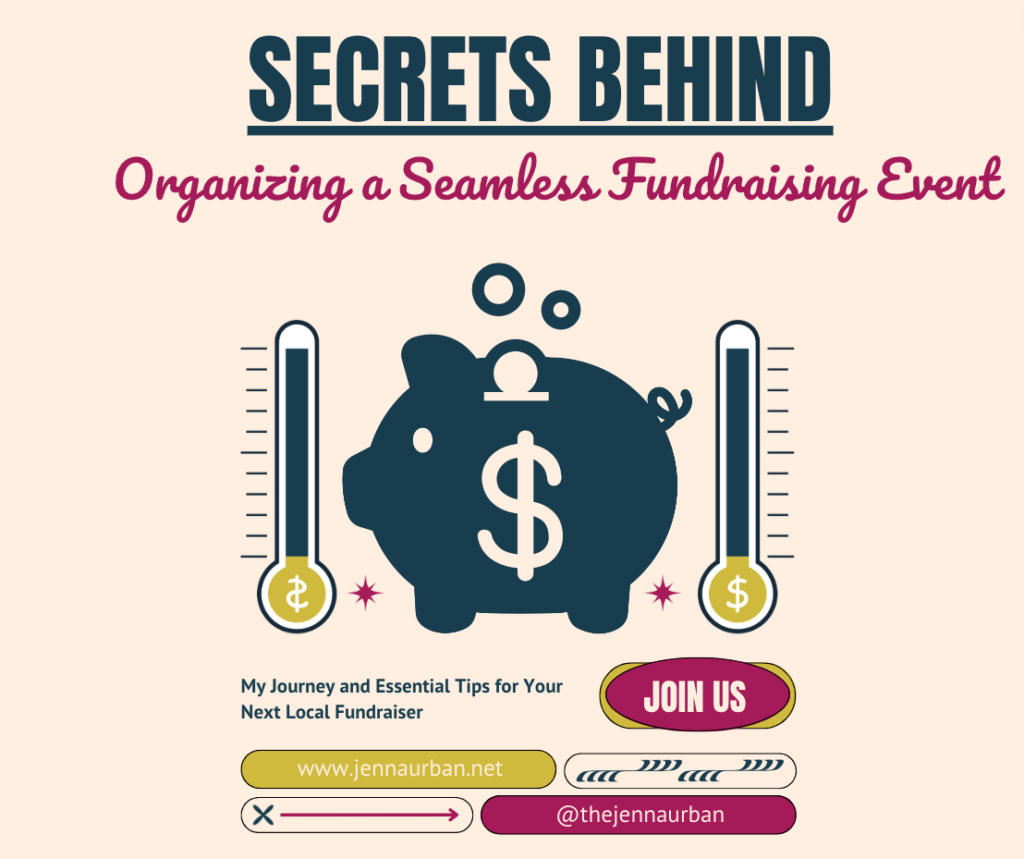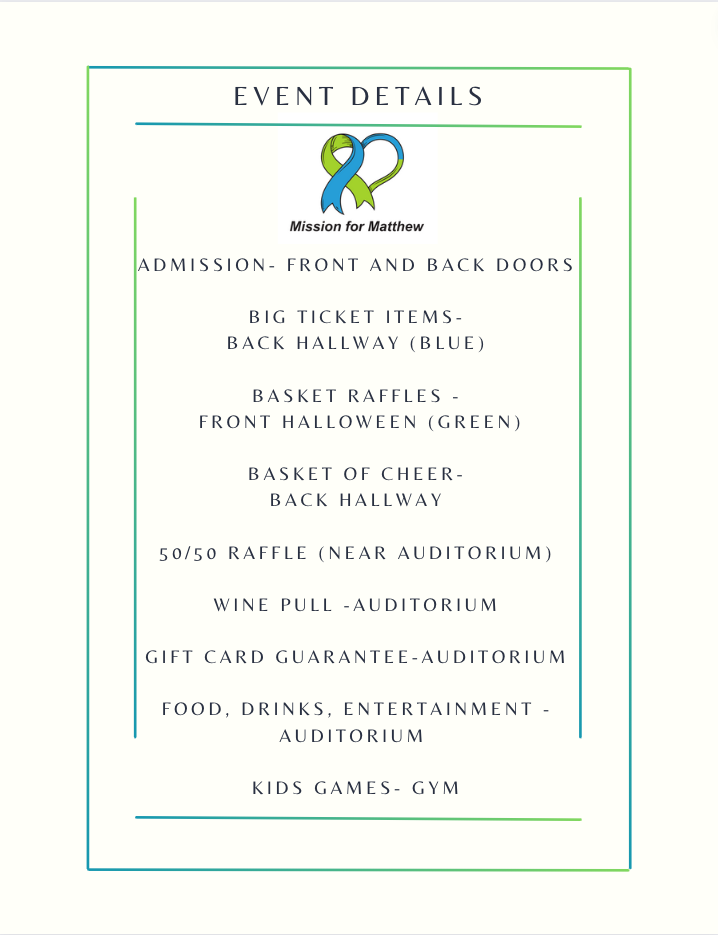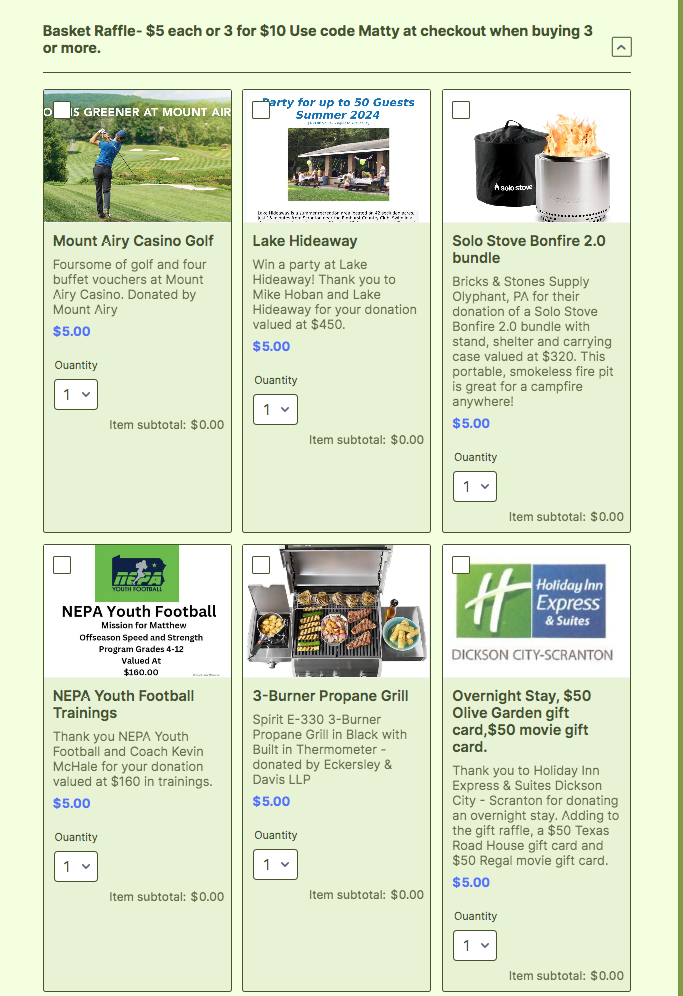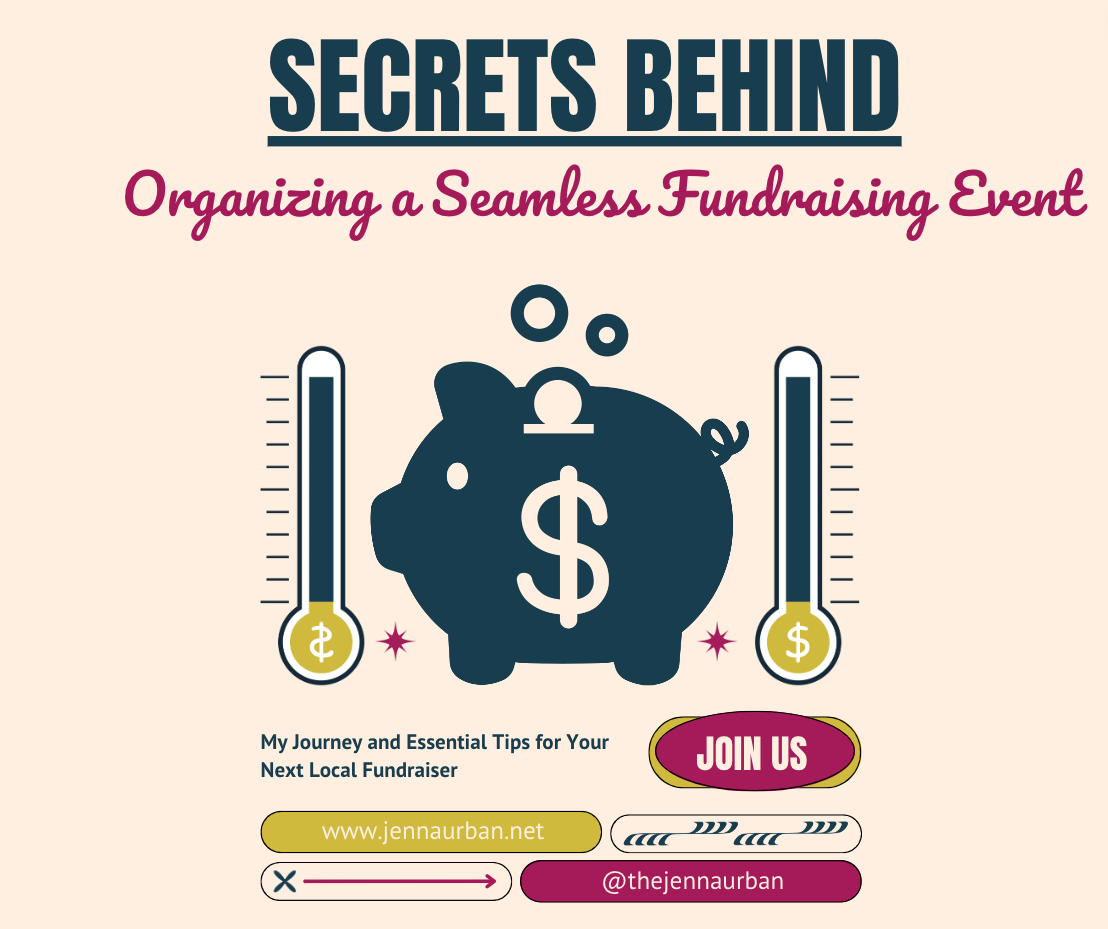Over the years, I’ve been knee-deep in countless fundraisers, spanning from school events to rallying support for families in need. Fundraising has its share of highs and lows, and let me tell you, it can get pretty hectic with too many cooks in the kitchen. You see, I’ve worn many hats in this journey, from organizing school fundraisers to helping families and even putting together events for moms, bloggers, and influencers. I can still recall the time when I orchestrated a breakfast at a blogging event, juggling sponsorships like it was yesterday. Reflecting on all these experiences, I’ve learned a ton. I’m always preaching about having a ‘why,’ and as I look back on my involvement, each fundraiser had its own unique meaning for me. Some were driven by FOMO; I felt like if I didn’t participate, it would look bad. Others were my way of keeping busy and keeping my mind off things, a coping mechanism for when anxiety threatened to take over. Then there were times when it was all about control; I had to be in charge, relishing the feeling of being at the helm of the committee.

Recently, I took part in a fundraiser with a different approach. My goal was to work behind the scenes, quietly pulling strings to raise money for our friends. The fundraiser turned out to be a success, and surprisingly smooth sailing. I wanted to share some insights from this experience in case you’re gearing up for a local fundraiser and could use a helping hand.
Before we get into the nitty gritty I suggest scheduling a meeting two to three months in advance, as we did for our recent fundraiser. While we successfully organized an event in less than two months, I strongly advise allocating more time for planning. Forming a dedicated committee is essential; delegate specific tasks among committee members to empower each individual to assemble their own team for the day of the event. This proactive approach ensures a well-coordinated and efficient planning process.
Here are seven steps to help you organize a successful fundraising event:
- Define Your Fundraising Goals and Objectives:
- Clearly articulate the purpose of your fundraising event and set specific, measurable, and achievable goals. Determine how much money you aim to raise and identify the key objectives you want to accomplish through the event. Using a project management software like Asana, Monday.com or Trello which offer plans or at least a trial that could get you organized for the event. Decide if it’s going to be a one time event or if you should register for a 501c.
- Create a Budget:
- Develop a detailed budget that includes all anticipated expenses and potential revenue streams. Consider costs such as venue rental, catering, marketing materials, entertainment, permits, and logistical needs. Ensure that your budget aligns with your fundraising goals. It’s a good idea to contact an accountant to help set up an Escrow account for the fundraiser or at least to help you come up with a plan to avoid confusion of where the money will be placed. There should be one person in charge of the finances. It’s ok if you use multiple accounts to collect money, but it should all go into one account. We used a shared google sheet to keep track of all donations and expenses.
- Choose a Suitable Venue and Date:
- Select a venue that suits the size and nature of your event. Ensure that the venue is easily accessible and has the necessary facilities. Choose a date that doesn’t conflict with major local events, ensuring maximum attendance. Pull out all school (sports) calendars and also think about how the weather could impact your event.

- Develop a Strategic Marketing Plan:
- Marketing the event is a game changer. Create a comprehensive marketing strategy to promote your fundraising event. Utilize various channels such as social media (create a facebook page as well as an event within the page). Using social media as a way to promote the business donations you receive will be contagious. Just by creating a buzz, you will receive more donations from other local businesses who are looking to get some inexpensive advertising out to the community. Also, you could use email newsletters (Mailchimp) for communication or create a website using https://www.weebly.com/. Send press releases to local newspapers and news stations to extend community outreach to generate awareness. Clearly communicate the event’s purpose, how funds will be used, and ways people can participate or donate. Create signage for the event using free services like Canva.
- Engage Participants with Compelling Activities:
- Plan engaging activities that align with your event’s theme and resonate with your target audience. Consider incorporating elements such as guest speakers, live entertainment, auctions, or interactive experiences to keep attendees entertained and motivated to contribute. Know your audience and what they will be looking forward to at the event. In our recent fundraiser, we knew there would be kids coming with their parents and wanted to create a fun environment for them as well. We had games (cornhole, Inflatable Quarterback Football Target and basketballs) with prizes donated from Dicks Sporting goods. Along with music, a selfie station and magician that could help keep the kids busy while the adults purchased basket raffles.
- Solicit Sponsorships and Partnerships:
- Seek support from local businesses, corporations, or individuals who may be interested in sponsoring your event. Offer various sponsorship packages with tangible benefits to incentivize their involvement. Establish partnerships with relevant organizations to expand your reach and enhance your event’s success. Just ask, the worst they can say is no if it’s not in their budget. Create a letter to hand to the business with all the information about the event and why it’s been held. Include contact information and what you are looking for- gift cards, baskets or monetary donations are very popular.

- Implement a Seamless Logistics Plan:
- Coordinate all logistical aspects of the event to ensure a smooth execution. This includes coordinating volunteers, setting up registration and donation collection processes, arranging for necessary permits, and troubleshooting potential issues. We used Google Forms to create a signup sheet for those interested in volunteering. We did this because there are times that I think people get overlooked or just say, “I would love to help” but then they never get assigned anything. A sign up sheet helps plan for the entire event to ensure that people can take breaks. Another thing that we did was add an online ticket sale for the high ticket item. This is definitely a technology responsibility. We looked into different options for online auctions/raffles but there were a ton of fees associated with the platforms. I came across JotForm as an option to create basket raffles online. JotForm is a freemium web/app-based tool that helps users create forms online without any coding involved. Since it is online, users are saved from the hassle of downloading and installing software. This worked out great and we were able to maximize the money raised on baskets and it gave people a chance to win and even just contribute, who weren’t able to make the event. I was able to embed the code into wordpress to send traffic right to the website. (again, it pays to have a tech person on your team).
So, let me be real, organizing a successful fundraising event requires meticulous planning and coordination. Reflecting on my varied experiences, I’ve come to appreciate the diverse motivations behind each fundraiser I’ve been a part of. Whether it was driven by FOMO, a need to stay busy, or a desire for control, each event left me with valuable lessons. Recently, I took a different approach to a fundraiser, working behind the scenes with the goal of supporting friends in need. The success of this event, despite its unconventional timeline, has prompted me to share insights for those gearing up for a local fundraiser. One crucial tip is to start planning well in advance—two to three months, if possible. Establish a committee, delegate tasks, and use project management tools for efficient organization. Consider creating a comprehensive budget, choosing an appropriate venue and date, and implementing a strategic marketing plan to maximize your event’s impact. Engaging participants with compelling activities and seeking sponsorships are key steps, while implementing a seamless logistics plan will ensure smooth execution. Don’t forget to leverage technology, like online ticket sales and forms, to streamline processes. By following these steps, you can create a memorable and successful fundraising event that makes a meaningful impact in your community.


Leave a Reply